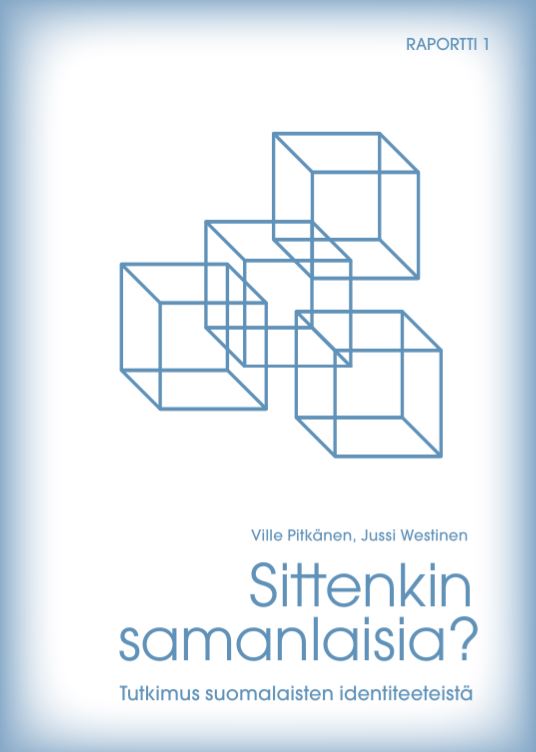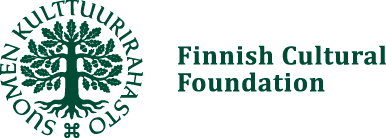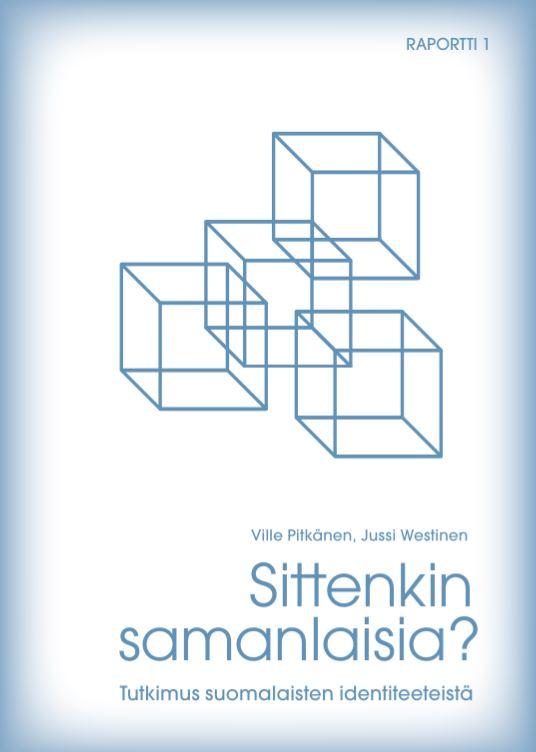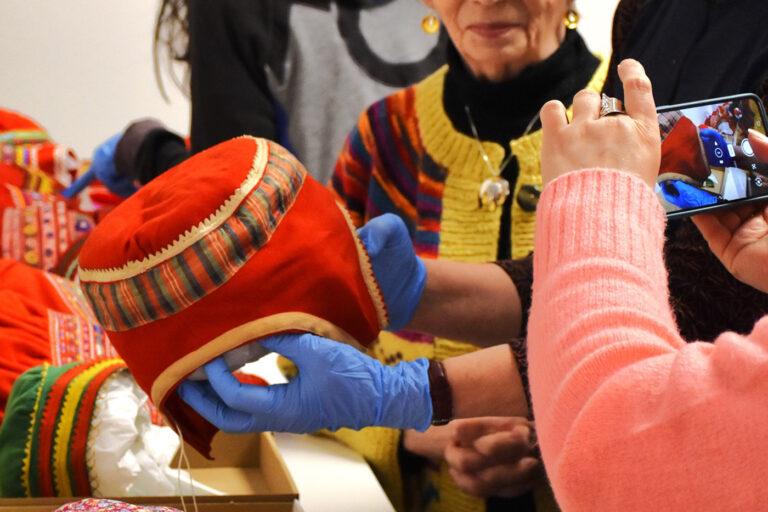Finnish identities surprisingly uniform
Deep down, Finns are remarkably similar, regardless of their opinions on society. Many aspects unite rural middle-aged male workers and young urban female academics, as shown in a unique study on Finnish identities, performed by e2 and the Finnish Cultural Foundation. The study was based on the answers of more than 6 000 Finns.

Family, friends, work and education form the basis of Finnish identities. All four were important to more than 80 percent, and merely a few percent of the respondents ignored the significance of all four.
Finns identify strongly with the municipality where they live, but they also esteem their Nordic and European identity. Local attachment does not contradict a cosmopolitan mind.
‒ The uniformness of Finnish identities is often obscured by heated public debate, researcher Ville Pitkänen assesses.
Social class means more to higher classes
There are, however, some interesting differences between population groups. Social class is significant only to slightly above than 40 percent, but it is more underlined in the highest classes.
– In the upper-middle and upper class, the majority thinks that social class is important for their identity. The significance of social class is lesser among those who identify themselves with the lower-middle or working class, researcher Ville Pitkänen notes.
There are similar differences regarding education. Those with an academic degree more clearly emphasize education as part of their identity.
Political stance emphasized among Left Alliance supporters
Only a minority of Finns, 35 percent, hold their political views as significant for their identity.
Parties, however, differ remarkably. For more than 60 percent of the Left Alliance supporters, the political stance is a very important or quite important part of their identity. For the National Coalition Party and the True Finns, the percentage is around 45 and in other parties below 40. At 29 percent, supporters of the Blue Reform party put the least emphasis on political views.
‒ For the Left Alliance, the political dimension of their supporters’ identity is a significant resource, Pitkänen assesses.
About half of those with very conservative or very liberal values emphasize that political views are an important part of their identity.
Two thirds put weight on their regional identity
Two out of three Finns identify themselves strongly with their immediate surroundings, the municipality and region where they live. The region is surprisingly important to the young, too. Among those under thirty, 62 percent feel that their current region of residence is important for their identity; the percentage is 71 for those above sixty.
When comparing political parties, regional identities are clearly the most important to supporters of the Centre Party.
‒ This is expressed particularly as an attachment to childhood environment and the area from where the family comes, researcher Ville Pitkänen specifies.
Green League and Left Alliance supporters stand out as global citizens who put the least weight on regional identity.
Regional identities strongest in Carelia, Savonia and South Ostrobothnia
The importance of regional identity clearly depends on the province. Residents in South and North Carelia, South Ostrobothnia, Ostrobothnia and Lapland give regional identity more than average significance. Päijänne Tavastia, on the other hand, is the most obvious example of a region with weak identity.
A firm regional identity is often linked to how people identify with the historical Finnish tribes. The study shows that in particular the Carelian, Savonian and South Ostrobothnian identities are very strongly felt. Over 70 percent of the South or North Carelians, the South or North Savonians and the South Ostrobothnians identify themselves with the tribe.
___________________________________________________________________
The research report Similar after all? A study on Finnish identities is the first out of four publications around the topic. The other three will be published later in 2018.
The research results were based on 6398 survey answers, gathered by Taloustutkimus between 5 Oct 2017 and 11 Jan 2018 through face-to-face interviews and web panels. The analyses and the study report were made at e2. The research project was planned and financed jointly by the Finnish Cultural Foundation and e2. The report will be published on Monday 26 March 2018 at 11 a.m. in the Terrace Foyer of the Helsinki Music Centre, Mannerheimintie 13A, Helsinki. The report (in Finnish, summary in English) is downloadable at www.e2.fi.
For more information, please contact Mr. Ville Pitkänen, Dr.(Soc.Sc.), tel. +358 40 7770 869, firstname.lastname@e2.fi




